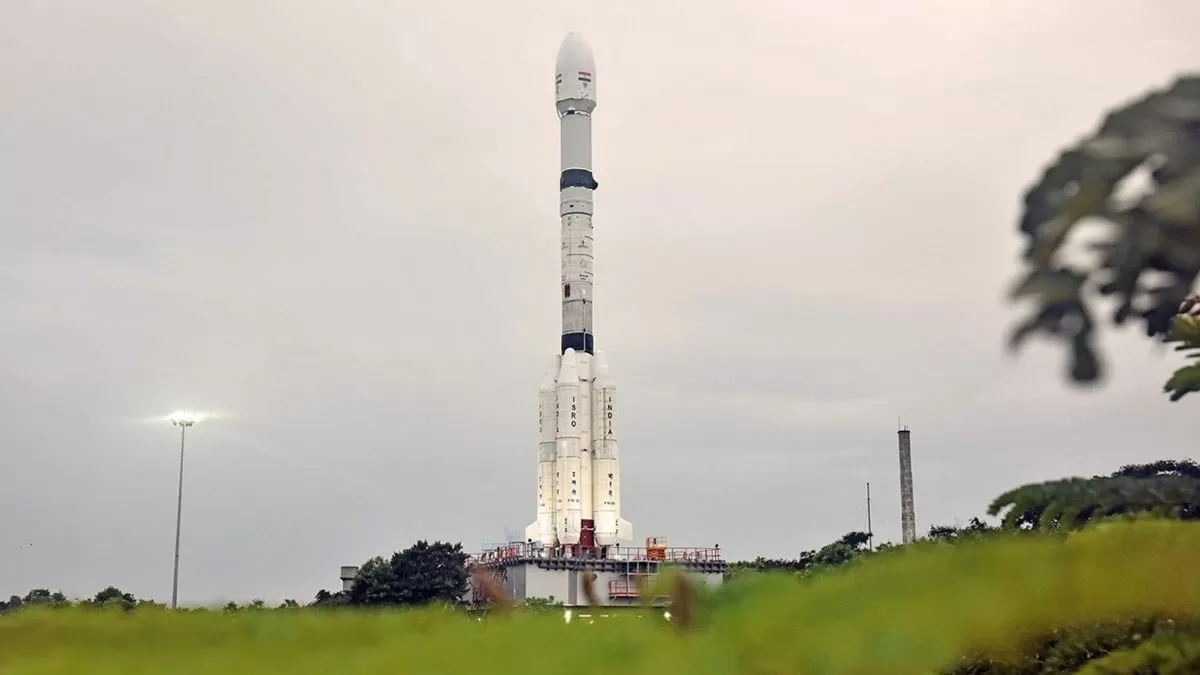NASA and ISRO, two of the world’s leading space agencies, are collaborating on a groundbreaking mission that is set to launch on July 30. The NISAR satellite, short for NASA-ISRO Synthetic Aperture Radar, is all set to embark on its journey from India’s Satish Dhawan Space Centre. This joint mission, which has been in the works for nearly a decade, is a testament to the power of collaboration and the desire to push the boundaries of space exploration.
The NISAR mission is a significant milestone for both NASA and ISRO as it marks the first time the two agencies are working together on a satellite mission. The project is a result of years of planning, research, and technological advancements in the field of satellite imaging and radar technology. Developed by NASA’s Jet Propulsion Laboratory (JPL) and ISRO’s Space Applications Centre (SAC), NISAR is a state-of-the-art satellite that will provide valuable insights into the ever-changing terrains of Earth.
One of the standout features of the NISAR satellite is its dual-frequency radar system, which uses both L-band and S-band frequencies to scan Earth’s land and ice surfaces. This unique capability allows NISAR to capture high-resolution images of Earth’s surface with unparalleled accuracy, making it a crucial tool for monitoring and understanding the effects of climate change, natural disasters, and other environmental changes.
The satellite’s L-band radar, developed by NASA, is specifically designed to penetrate through vegetation, ice, and even dry sand, making it an excellent tool for studying Earth’s land. On the other hand, ISRO’s S-band radar is well-equipped to measure surface deformation, such as landslides and earthquakes, providing crucial data for disaster management and prevention.
What sets NISAR apart from other satellites is its ability to cover almost the entire surface of Earth’s land and ice every 12 days. The satellite’s orbit, known as a “repeat orbit,” ensures that it passes over the same location at regular intervals, allowing for the monitoring of even the most remote and inaccessible regions of the planet. This unique feature will be extremely beneficial for studying Earth’s rapidly changing landscapes and for monitoring areas that are prone to natural disasters.
The data collected by NISAR will be invaluable for scientists and researchers across the globe, providing valuable insights into the Earth’s ever-evolving surface and the effects of climate change. The satellite’s data will also be used for several other applications, including agriculture, forestry, and disaster management.
The NISAR mission is aligned with the global initiative of sustainable development and will significantly contribute to the United Nations’ Sustainable Development Goals (SDGs). The satellite’s data will be crucial for monitoring and addressing issues such as land cover changes, water availability, and natural disasters, and will aid in the sustainable development of our planet.
The successful launch of NISAR will not only mark a significant milestone in the collaboration between NASA and ISRO but will also pave the way for future joint missions. This mission will also strengthen the ties between the two agencies and showcase their capabilities in the field of space exploration.
The NISAR satellite is a testament to the progress made by both NASA and ISRO in the field of remote sensing and radar technology. This mission is a perfect example of how international space collaboration can result in groundbreaking advancements that benefit the entire world.
In conclusion, the launch of the NISAR satellite on July 30 is a momentous event that marks a new era of collaboration and innovation between NASA and ISRO. The mission’s unique capabilities and its potential to provide crucial data for various applications make it an exciting prospect for the scientific community and the world. With NISAR, we are one step closer to understanding and protecting our planet in an ever-changing world.

